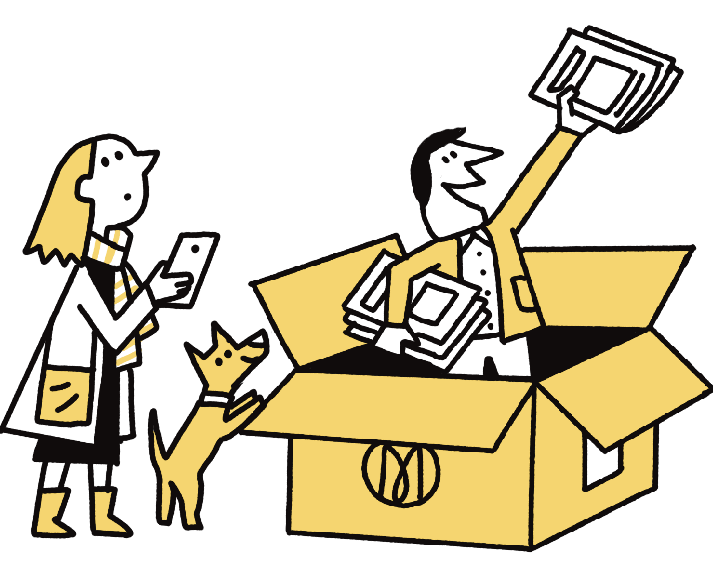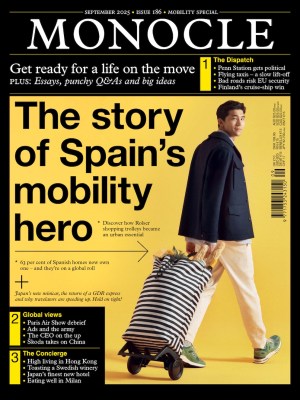At this time of year the streets of Peschiera del Garda are clogged with traffic as holidaymakers descend on the lakeside town. Alongside the Italians flocking to second homes and annual rentals, many of the number plates stuck in gridlock display the letter D – a testament to the fact that this picturesque corner of northern Italy becomes mini-Deutschland during the summer months.
The Germans are lured by the cypress trees and swimming spots, as well as the five-hour drive time from Munich. Though they head for restaurants and aperitivo bars, they’re missing out on the true dolce vita. While Garda’s lakeside establishments offer great views of the water, they completely miss out on what makes Italy such a beguiling place: the sagra.

The sagra doesn’t really have an Anglosphere equivalent. Often organised by the local parish, it’s an evening-time village party, which is usually a celebration of a patron saint or seasonal food (the annual asparagus festival is held in Cavallino-Treporti in late April). The one that we recently attended in Castion Veronese with my Italian family seemed to be entirely devoid of tourists. My sister-in-law, Annapaola, couldn’t help but wonder why foreigners didn’t partake in the experience. “The sagra is a slice of Italian life,” she told me. “And it’s authentic.”
Authentic would be one way to put it. Raw and unpretentious would be another. Take the relaxed approach to parking, for example. Naturally, no dedicated spaces have been provided, so people become intrepid. A patch of grass on a roadside hillock that leaves the car tottering at a 35-degree angle? Ideal, apparently. With the prime spots taken, we slowly drive down a bike lane and park next to it.
Though a sagra might sometimes have a religious element, this takes a back seat to the main event: feasting and drinking. “You always eat well here,” said my sister-in-law as we dined on lamb arrosticini (grilled skewers) and a traditional and thoroughly satisfying Veneto dish that you’d struggle to find on menus around the lake: risotto al Tastasal (a homely white-rice dish made with pork sausage). It’s washed down with beers for €3 and cocktails for €5 – prices that the Germans by the lake are unlikely to find.
An authentic Italian experience also means bringing the kids along, no matter the time. Children sat around the stage as a concert struck up, featuring a cover band of Italian pop group 883, cranking out 1990s hits at an ear-splitting volume. It was all rather lost on me, though after five years in Italy I did know one of their songs: the hilariously named “Hanno ucciso l’Uomo Ragno” (“They killed Spiderman”). Aside from the music, there were also plenty of giostre (rides) to keep the children entertained until the wee hours, as well as trampolines and a bouncy castle. It was all wonderfully chaotic.
In a country where so much has been constructed to appeal to what a tourist thinks is a real Italian experience, the sagra is the real deal. These village festivals are about as far away from souvenir shops and English menus as it’s possible to get. As much of Lake Garda becomes bundled up to appeal to the Aperol Spritz-laced idea of the perfect summer, the sagra is a place to revel in Italians just being Italians: family time and simple pleasures. It’s nothing special – but it’s special precisely because of that.
Ed Stocker is Monocle’s Europe editor at large. For more opinion, analysis and insight, subscribe to Monocle today.



